
Last month it was reported that grocers saw a decline in their sales for the first time in three years. This is no surprise, given that last year we hit record-breaking temperatures and experienced one of the best sporting summers ever – UK grocers had all the ingredients they needed to soar in their trading.
So why does the weather play such a vital role in grocery sales? It goes without saying that hot weather improves people’s moods, influences purchasing habits and drives significant sales for categories such as barbecues, ice cream, beer and cider, as people have more ‘get together’ occasions. On top of this, research shows the weather is the biggest impactor on consumer behaviour after the economy [BRC] and influences the amount spent per item.
Given the effect the weather has on British grocery trading, brands and retailers would be foolish to ignore it when planning their marketing activity. They need to capitalise on the opportunities the weather can give them and should be smart about how they react to the volatile British weather.
With the rise in programmatic ad buying and digital marketing channels, technology gives us all the tools we need to be sophisticated with weather-targeting campaigns. These enable brands to recognise those moments that can boost their sales (and increase their marketing spend to capitalise on them) – as well as those where they can avoid wasting spend.
Take Stella as a great example: by mapping out historical weather data against sales metrics for Cidre, Stella discovered a two-degree temperature rise above the monthly norm triggered a sales rise. Based on this, digital out of home posters were identified as the optimum channel, due to their proximity to store. Stella ran the campaign on a cost-per-minute basis, which activated only when conditions were right to impact purchase intent.
The results? Stella reported a significant 65.6% increase in year on year sales during the period, and because ads were only shown during optimum conditions there were no wasted impressions, meaning they made up to 50% cost efficiencies vs a standard digital OOH campaign.
Stella’s campaign proves that it is not just extreme weather conditions that trigger success in weather-targeted campaigns, but more so understanding how your audience responds to each condition.
Now that the UK has almost recovered from its recent heatwave, it will be interesting to see which brands and retailers pre-empted this in their marketing activity and used the weather to their advantage – and which ones missed the trick.







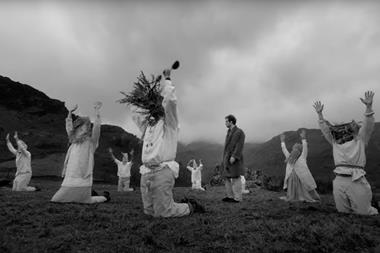

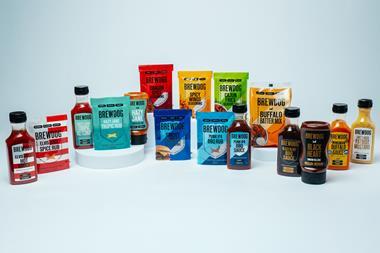
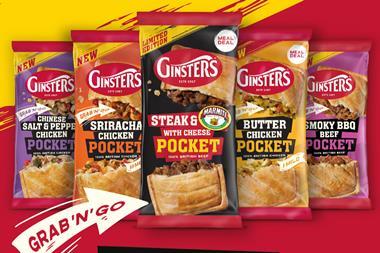


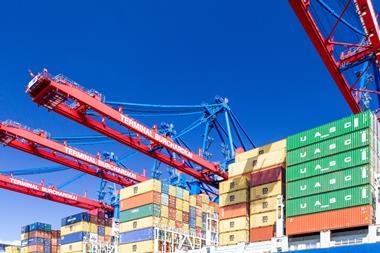

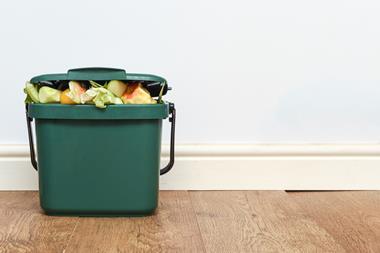

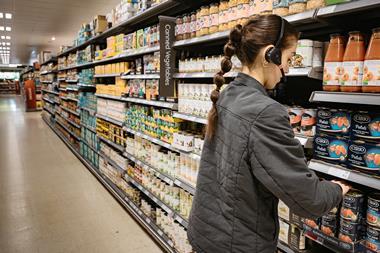
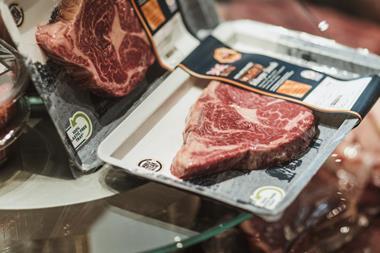
No comments yet